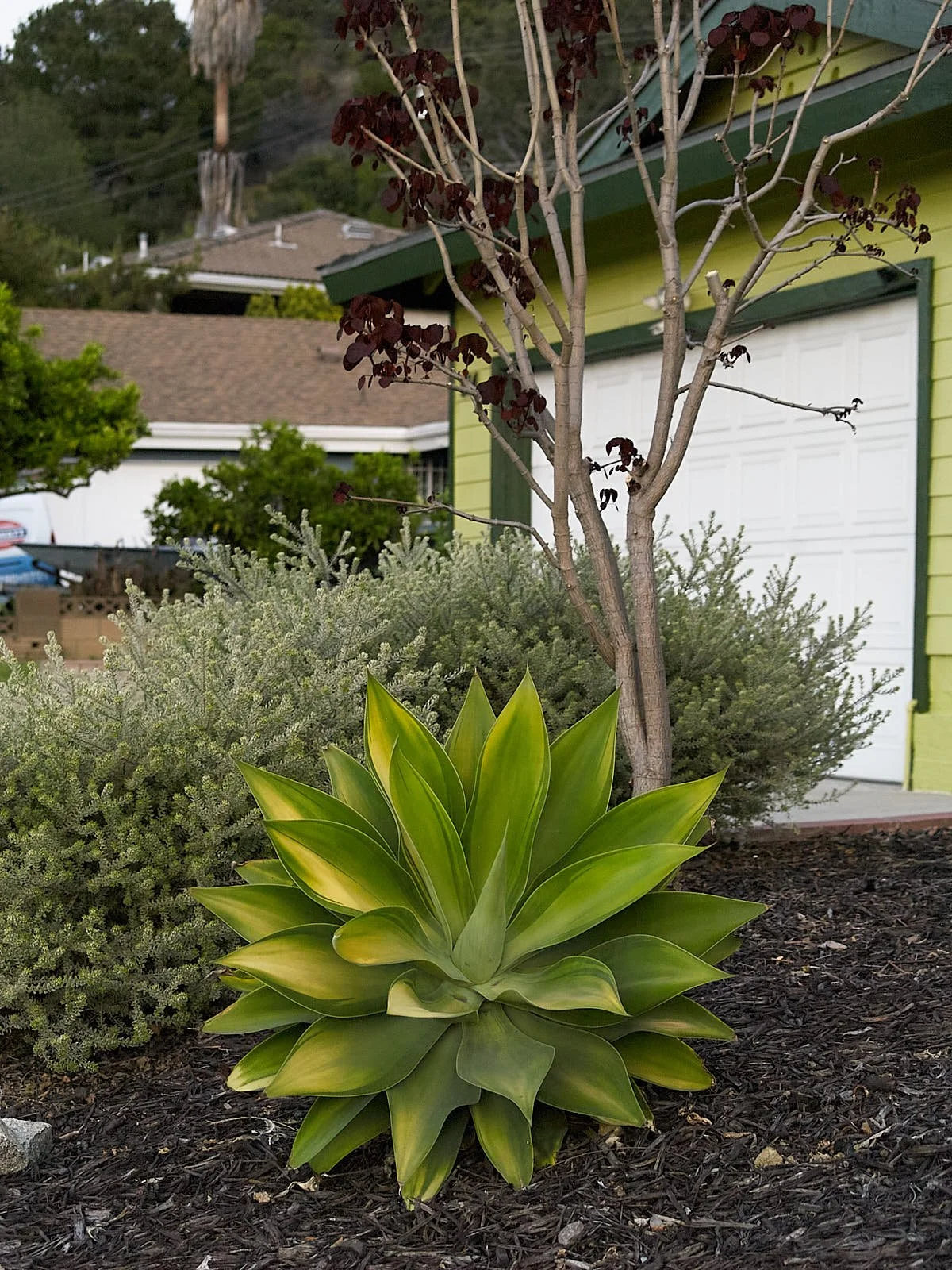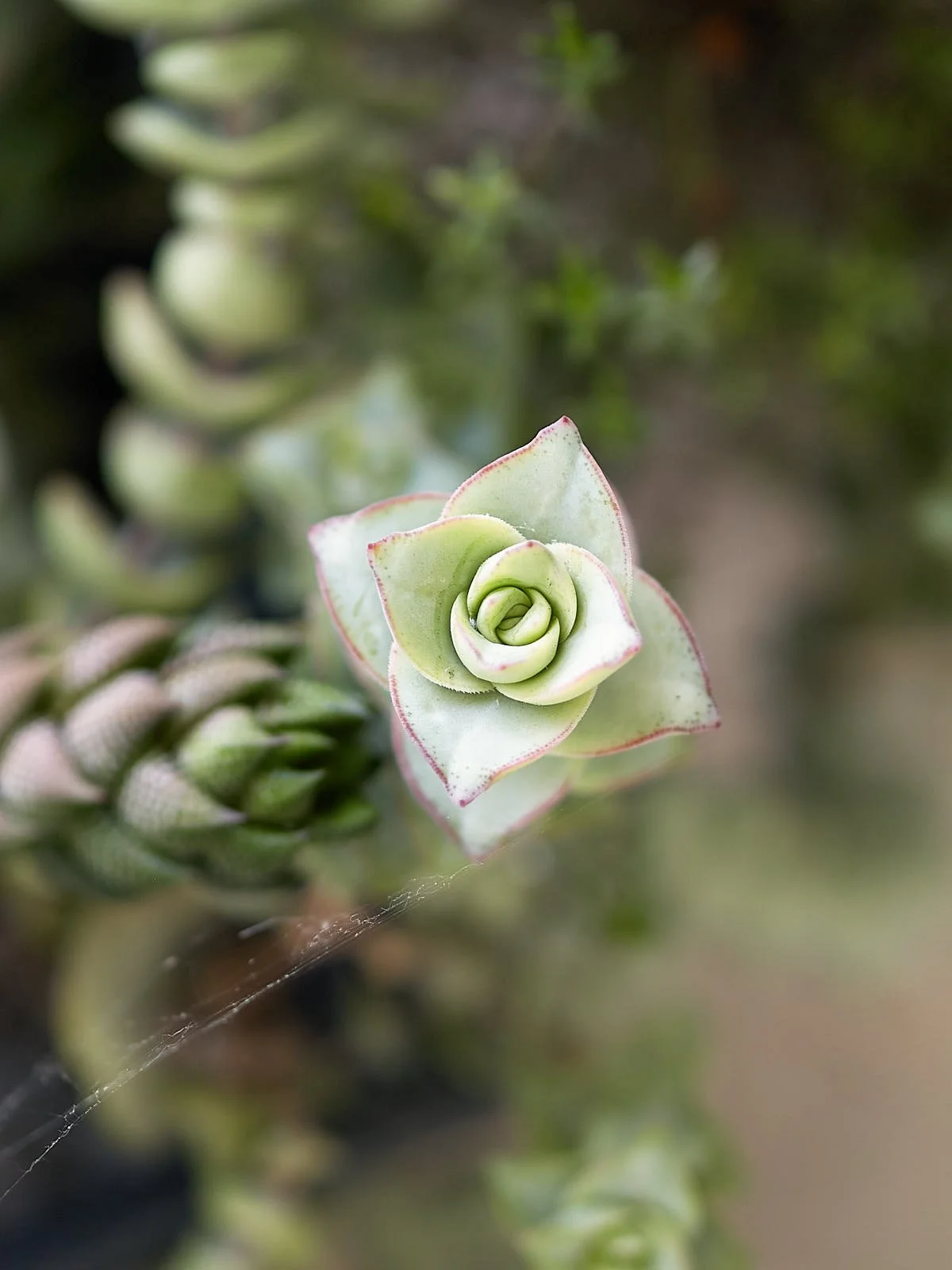Is there truly magic to the old Kodak CCD sensors?
Over a year ago I purchased a used Olympus E-500 DSLR (originally introduced back in 2005) along with a Zuiko 40-150mm f/3.5-4.5 kit lens from an online camera retailer for about $80. The purpose for my purchase was simple. I wanted to see for myself whether there was really some “magic” to the Kodak CCD sensor that was used in that camera. For photographers the topic of CCD vs CMOS sensors is not a new one and has been around for over 20 years now. Although the use of CCD sensors started to fade around the mid-2000s and eventually gave way to CMOS sensors, there is still a strong sentiment today among certain photographers that CCDs produced better-looking images. While many cameras used CCD sensors in the early days, it was the ones manufactured by Kodak that was used in the Leica M8 (introduced in 2006) and Leica M9 (introduced in 2009 when the industry had mostly switched to CMOS sensors) that I mostly read about where people consistently mentioned how the images rendered on those cameras were the closest to images shot on slide film. Of course as much as I would have loved to own either of the Leicas they were well above my budget when they first came out. Even at their reduced prices today on the used market I could not justify spending that much just so I can try out the Kodak CCD sensor. Luckily for me I found out that Kodak also produced CCDs for the early Olympus DSLRs and that owners of those cameras also raved about the color in their images. Plus, these old Olympus Four Thirds System cameras such as the Olympus E-300 and E-500 could be had on the used market along with a kit lens for under $100 (although the prices seem to have gone up in the last year or so). So I went ahead and purchased my E-500 along with the telephoto kit lens to test out the lauded Kodak color science.
After more than a year since my purchase I will simply cut to the chase and say that I am a big fan of the Kodak CCD sensor in the E-500. When I opened up the RAW files from this sensor on my computer for the first time I was struck by how rich and vibrant the colors in my images looked. Right off the bat the images looked like they were “ready to go” and there wasn’t much processing I wanted to make on these files. Unlike the RAW files from the more modern cameras I have in my collection, I never need to touch the tone curve or tweak the colors on the E-500 files. All I really end up doing is making basic adjustments to the exposure, contrast, and highlights as necessary and the images are done. On average it takes me about half a minute to make any necessary edits to an image and that is such a delightful experience. After the first month with the camera I knew I would be shooting a lot more with it and so I went ahead and purchased additional higher-grade lenses (Zuiko ED 12-60mm 4/2.8-4 SWD and Zuiko ED 50mm f/2 Macro) to pair with the camera. While this camera produces great images, there are some key drawbacks to it (as with any camera manufactured nearly 20 years ago):
limited native ISO range of 100-400
weak dynamic range relative to modern CMOS sensor cameras
only 8 megapixels
Personally, the limitations listed above don’t bother me much at all as I’m used to shooting film, which can be even more limiting. I basically treat this camera like a film camera, except that I have the advantage of changing ISOs between 100-400 when needed.
Below I have provided some SOOC images I have taken with the camera along with their respective edited versions. For these photos I’ve also detailed the adjustments I made to the files in post (all images were shot in RAW format and edited in Capture One software). The first image shown below was shot at ISO 200 with the Zuiko 40-150mm f/3.5-4.5 kit lens.
The only adjustments I ended up making to the imported RAW file included the following:
slight tint adjustment
+3 on the contrast
-25 on the highlights
+0.5 on the vignetting amount
These adjustments gave me an image I was fairly happy with:
The following is another SOOC image shot with the Zuiko 40-150mm lens at ISO 200. Aside from being overexposed a bit, I was already quite happy with the colors (especially the greens) and how sharp and crisp everything looked.
The adjustments I made to the image included:
-0.45 on the exposure
+3 on the contrast
-35 on the highlights
+0.3 on the vignetting amount
With those tweaks I was pretty much happy with the resulting image:
However you do see that the highlights in the background are a bit blown out and there was really nothing more I could do to recover those details. So you are working with a much more limited dynamic range compared to today’s camera sensors. That’s why people say shooting with these old Kodak sensors is like shooting with slide film. Except you do get a little more exposure latitude by shooting RAW as opposed to JPEG.
The image below was shot when it was getting dark outside so I had to bump the ISO up to 400. I would have liked to raise the ISO even more but I did not want to go above the camera’s native range. While the ISO range is capable of being extended up to 1600 on this camera, the resulting images would simply be horrendous and unusable due to high noise and banding issues. So ISO 400 is really the highest I would normally want to go on this camera, with ISO 800 being used as needed in emergencies (or for conversion to black and white images).
Again the contrast, sharpness, and colors in the image already look pretty good to me SOOC. The only adjustments I made to this photo included:
slight tint adjustment
+0.75 on the exposure
+3 on the contrast
-50 on the highlights
+7 on the shadows
0.3 on the vignetting amount
Here’s the final image:
The photo below was shot at ISO 100 and has blow highlights. Shooting at the lowest native ISO does help in your ability to recover those highlights in post.
The following adjustments were made to the RAW file to get an image I was happy with:
slight Kelvin adjustment
-0.5 on the exposure
+3 on the contrast
-50 on the highlights
+10 on the shadows
-12 on the blacks
This image was shot at ISO 400 on the higher-grade Zuiko ED 12-60mm 4/2.8-4 SWD lens:
I liked the SOOC photo just fine, but ended up just adding a +3 to the contrast. That was all. Everything looks clean and crisp, and vibrant at the same time:
This underexposed SOOC image was shot at 400 with the fantastic Zuiko ED 50mm f/2 Macro lens:
The adjustments I ended up making in post included:
slight Kelving adjustment
+0.75 on the exposure
+3 on the contrast
+3 on the brighness
-15 on the blacks
+10 on the clarity
Here’s the resulting image:
SOOC image shot with the Zuiko ED 12-60mm lens at ISO 400:
Quick adjustments I added included:
+3 on the contrast
-40 on the highlights
+0.2 on the vignette amount
The resulting image:
Finally, here’s an image shot at ISO 400 with the Zuiko 40-150mm kit lens that is way underexposed (it had gotten quick dark and I wanted to see how much details I can recover in post):
The following adjustments were made to the RAW file:
white balance (both Kelvin and tint) adjustment
+2 on the exposure
+3 on the contrast
+7 on the shadows
+0.5 on the vignetting amount
Here’s the final image:
You can definitely see the grainy noise in the image and this may bother some folks. But personally I don’t mind it much and think it’s still usable. Looks like the scans I get back from the lab when shooting 35mm film.
Overall I really liked the images I’m able to get out of the E-500. The colors on the SOOC images look great and most importantly the RAW files are quick and easy for me to edit, which reduces the amount of time I need to sit in front of the computer. I’m one of those folks that easily gets annoyed when I need to spend more than 5 minutes on a photo. If you’re able to work with it’s limitations (i.e., limited native ISO range, relatively weak dynamic range, and small 8 megapixel sensor), the Kodak CCD sensor on this camera can produce some truly quality photos. Below are more photos I’ve taken with the Olympus E-500 during my first few months with the camera:





























































